
Expert Care, Just a Click Away
Connect with a St. Luke's provider by secure video on your personal device. Get care for common illnesses, refill prescriptions, and more.

Expert Care, Just a Click Away
Connect with a St. Luke's provider by secure video on your personal device. Get care for common illnesses, refill prescriptions, and more.
We're Ready to Help
On-Demand Virtual Care is available from 7 a.m. to 10 p.m. Monday-Friday and 8 a.m. to 8 p.m. on weekends.
Note: you must be physically located in Idaho, Oregon, Washington, Utah, Nevada, Montana, Arizona, or California at the time of your virtual care call.
Common Concerns
- Cold, Cough, or Flu
- Sore Throat or Sinus Symptoms
- Eye Irritation and Redness
- Back Pain
- Urinary Tract Infection (UTI)
- Stomach Flu
- Rash
- Prescription Refills
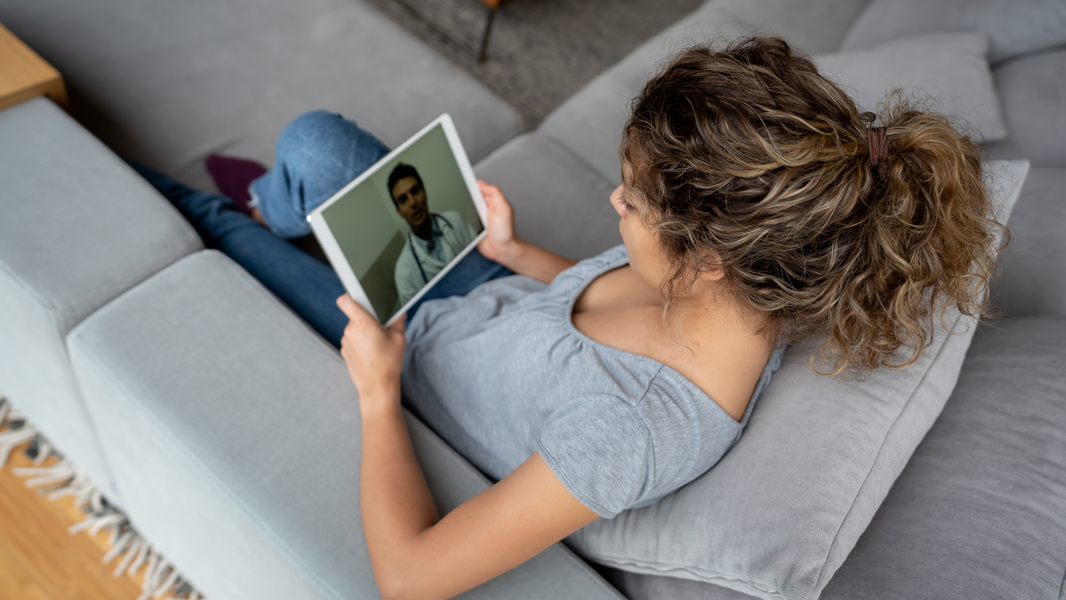
Why Choose On-Demand Virtual Care?
It's easier than ever to get help.
Get fast, convenient access to care—anytime, anywhere. With on-demand virtual visits, you can connect with a St. Luke's provider from the comfort of home, saving time while getting support for minor illnesses, follow-ups, and more.
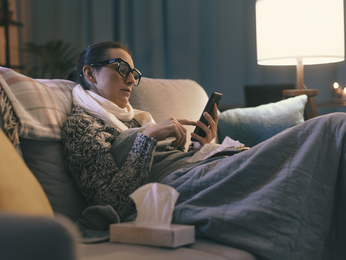
No Appointments
New and established patients can connect with a provider quickly and skip the trip to urgent care.
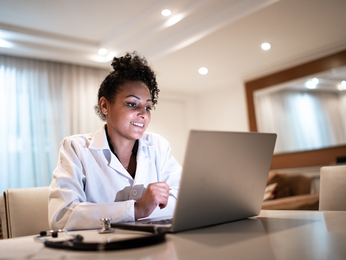
Trusted Providers
You'll have access to St. Luke's providers, all based in Idaho.

Secure Video Visits
Take your appointment from your phone, tablet, or computer.

Prescription Refills
We even offer same-day or next-day medication delivery, if appropriate for your care.
On-Demand Virtual Care
On-Demand Virtual Care
Talk to a St. Luke's provider every day from the comfort of your home on your computer or smartphone. Learn more

Virtual Appointment Types

New to St. Luke's?
Start your care journey with a virtual welcome appointment.
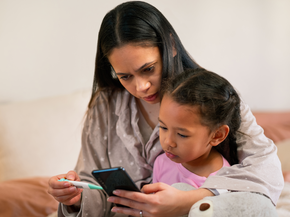
General Illness Visit
Get help for common symptoms like cough, sore throat, or fever.

New Pregnancy Visit
Discuss early pregnancy questions, symptoms and next steps.
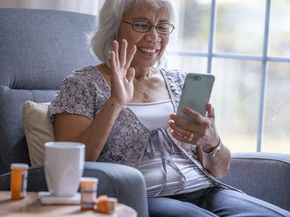
Medicare Annual Wellness Visit
Complete your yearly wellness check from the comfort of your home.

Work Injury Evaluation
Talk to a provider about a workplace injury and next steps for care.

Community-based Virtual Care
Access virtual care from a dedicated telehealth location in your community.

Let's Get Started
- You can either sign in to MyChart or continue as a guest.
- Connect with the next available St. Luke's provider by video.
- Share your concerns and get a care plan.
- Receive prescriptions or follow-up guidance and/or referral, if needed.
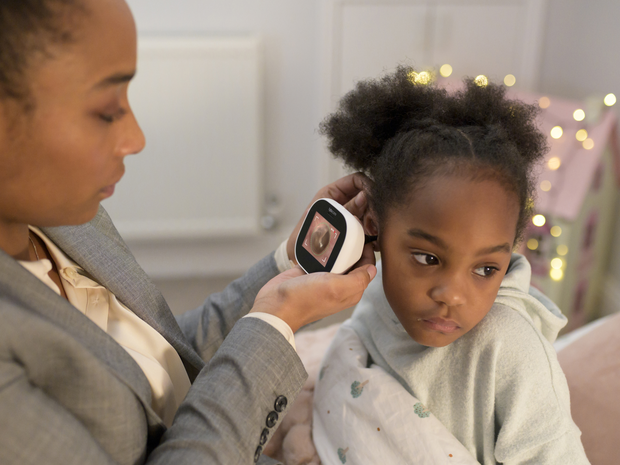
Enhance Your Virtual Visit with TytoCare
TytoHome is a handheld device from TytoCare that lets you capture heart sounds, throat images, temperature, and more from home. It gives your St. Luke’s provider a clearer view of your health during a virtual visit.
Currently available to members of select health plans or for purchase at retailers like Best Buy, TytoHome offers a new way to experience care from home. Visit our setup guide to get started.
